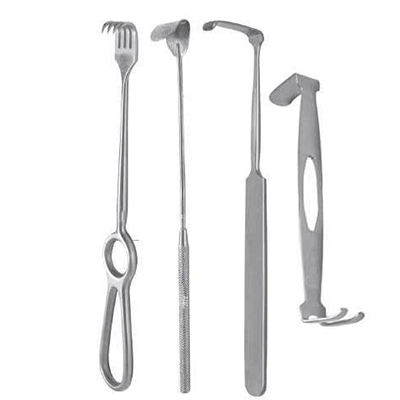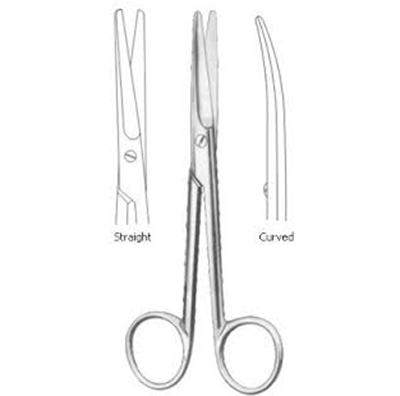An item utilized as a dressing to absorb drainage during surgical operations and medical treatment of patients. It is normally of a particular size, but may be available in market in roll form, from which specific pads are cut. Normally abdominal pads are super absorbent pads which feature a soft non-woven exterior layer thatRead More
Dr. Syeda Asma
Abdominal Binder
A garment item used for low back strains, abdominal hernias, hysterectomies or other post-operative abdominal and torso support. An abdominal binder is a vital body fabric used in the beginning of postoperative period of surgeries like an abdominoplasty (tummy tuck) or an abdominal liposuction. American Society of Plastic Surgeons estimated that around one hundred twenty-oneRead More
Retractors; an Insight
What are Retractors? As the name suggest these devices are designed to hold tissue or the edges of the incision during surgical procedures. The human body is composed of variety of tissues and organs that overlap each other at various angles. Hence the main objective of the retractors is to clear the surgical field, soRead More
Mayo Scissors
What are Mayo Scissors? The scissors has been named after the mayo clinic, as it was invented there. The scissors are heavy and are built to cut tough structures. The handles and blades are of same length. The blades of the scissors are usually blunt and rounded. Moreover they may be curved or straight. WhatRead More
Debakey Non-traumatic Forceps
What is Debakey Forceps? Michael E. Debakey was an American Cardiologist who designed this forceps having non traumatic jaws for vascular tissue handling. The forceps has long blunt tip jaws with two rows of fine longitudinal serrations and a groove in between for better gripping. The blunt jaws and fine serration together make this forcepsRead More
Lister’s Sinus Forceps
What is Lister’s Sinus Forceps? The instrument has been named after a British Surgeon Joseph Lister (1827-1912). This forceps has long straight blades with ring handles but without a ratchet lock. The tip of the blades is blunt and has transverse serrations. No catch protects the viable tissue if the tissue accidently comes in betweenRead More





